It's Thanksgiving week and with it comes the predictable sluggishness of the holiday news cycle and its corresponding boredom and restlessness. We'd had enough of it by Tuesday afternoon that Riswick turned (figuratively) to Hurd and said, "Hey, why don't we throw some cars in a post and see what happens?" The creative process works in mysterious ways. Call it boredom, slot-filling or just old-fashioned strangeness, but Hurd managed to turn what would be a conventional "best family haulers" post into the historically confused mess you see before you with one simple idea: Let's travel for Thanksgiving, but let's do it while going back in time. No, not like in a DeLorean. But also, yeah, kind of.
America has celebrated Thanksgiving since it was first declared in 1885, famously inspiring Karl Benz to build the first automobile a year later ... in Germany. But in all seriousness, the official declaration of America's thanksgiving did in fact coincide with the first automobiles scurrying about the compounds of oddball inventors and enterprising businessmen. So of course, we decided to pick our favorite (or most likely, or simply only) options for holiday travel over the past 140-ish years. Sound straightforward? Hardly. Hurd's involved. And Riswick's Canadian, so he'll probably trot out some converted maple syrup hauler from the 1950s. Who knows? Grab some turkey and let's dive in. It's going to get weird.
Today - The 2020s
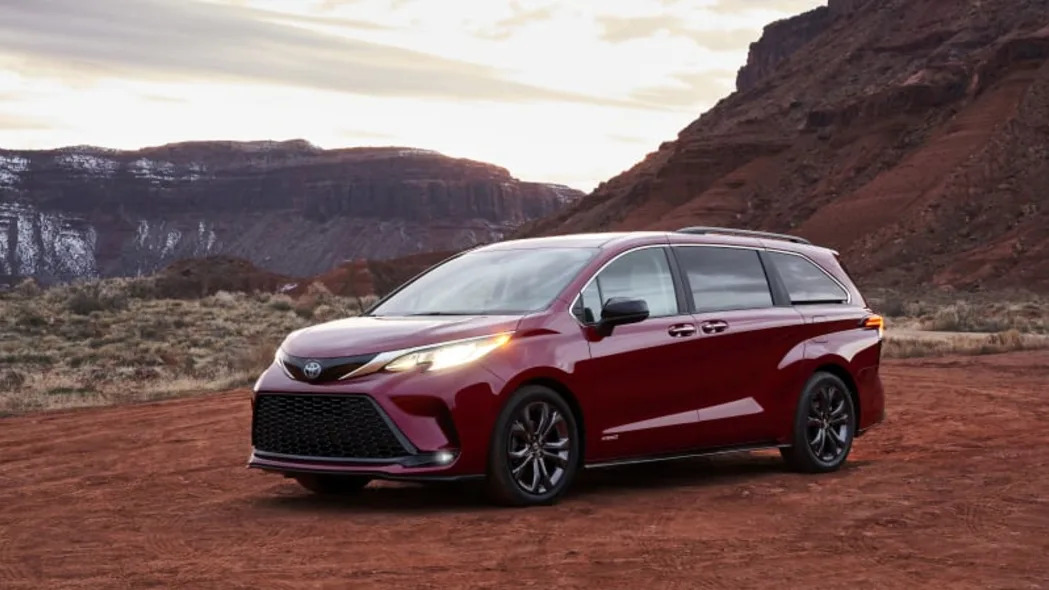
Riswick: Toyota Sienna XSE
For this entire exercise, I'm going to be picking a new vehicle that can make my former annual Thanksgiving journey drive from Portland, Ore., to Simi Valley, Calif., about an hour outside Los Angeles. I'll also be making the journey with my wife, 3-year-old son and two 20-pound dogs. We'll be bringing lots of crap. As we're just driving, without any need to venture off the beaten path or plug something into a trailer hitch, I'm going minivan all the way here. And since gas prices suck, I'm going with a hybrid. And since we're talking about a 1,000-ish-mile journey, the plug-in-hybrid Pacifica isn't as helpful. Ergo, Toyota Sienna XSE. It's the sporty one, you know. The Super-Long-Slide second row is terrific for providing lots of space for my son to kick about in his chair without bothering us, as well as clearing away loads of floor space for my dogs' giant dog bed. As it's a Toyota from 2023, it also has adaptive cruise control (not the best one, to be fair) which is great for long highway journeys.

Hurd: Bentley Bentayga
My family and friends are bit more scattered than Riswick's, so my choices are going to be a bit more ... academic? While rules and structure are important, my reality (one partner, zero kids or traveling pets) allows me to slap "1990 Mazda Miata" into just about every challenge we do here. That may be fun for me in the real world, but it doesn't contribute much to a discussion like this. So I'm going to play along ... to a point.
Since I don't have any kids or dogs for my relatives to fawn over, I might as well roll up in something cool. The Bentley Bentayga has the awkward personality of a precocious teenager and costs about as much as middle-class college education, plus the little hole for electricity will surely get the family talking about the future of the automotive industry! Or at least get one or two crazy uncles going about how a 450-plus horsepower hybrid system is somehow proof that China has taken over America, even if Bentley is a British make owned by a German conglomerate.
The 2010s
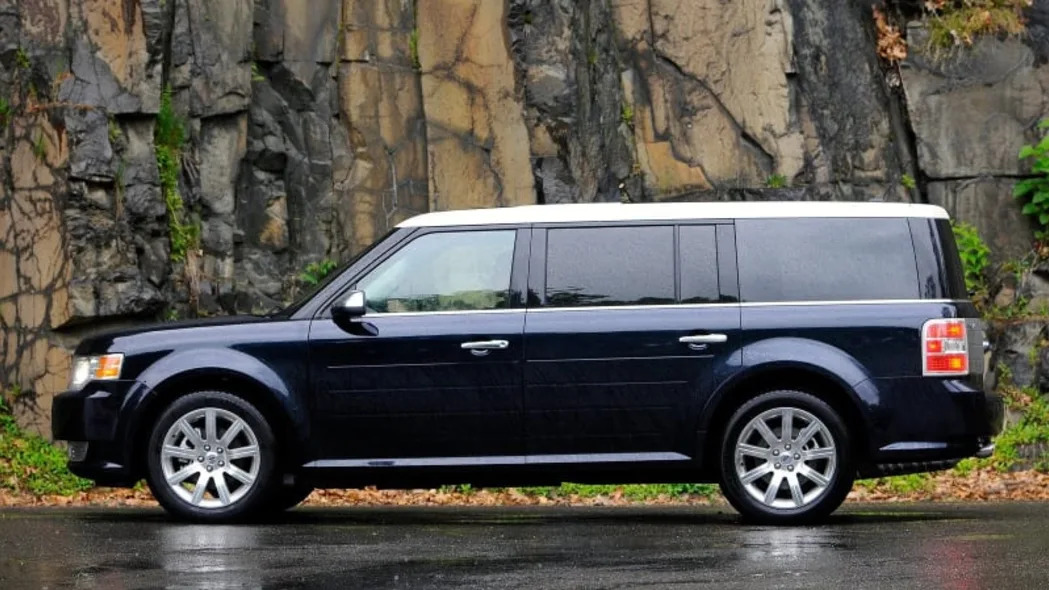
Riswick: Ford Flex EcoBoost
My favorite family vehicle of all time is the Ford Flex EcoBoost, so I'm going with that here. I took numerous road trips in a first-year version, including from L.A. to Vancouver, B.C., and loved it. And that didn't have the 350-horsepower EcoBoost turbo-V6 that utterly obliterated the competition of the time ... and actually today, as well. The Flex was a cool people mover that was also better to drive than contemporary large crossovers and usually more spacious than them as well.
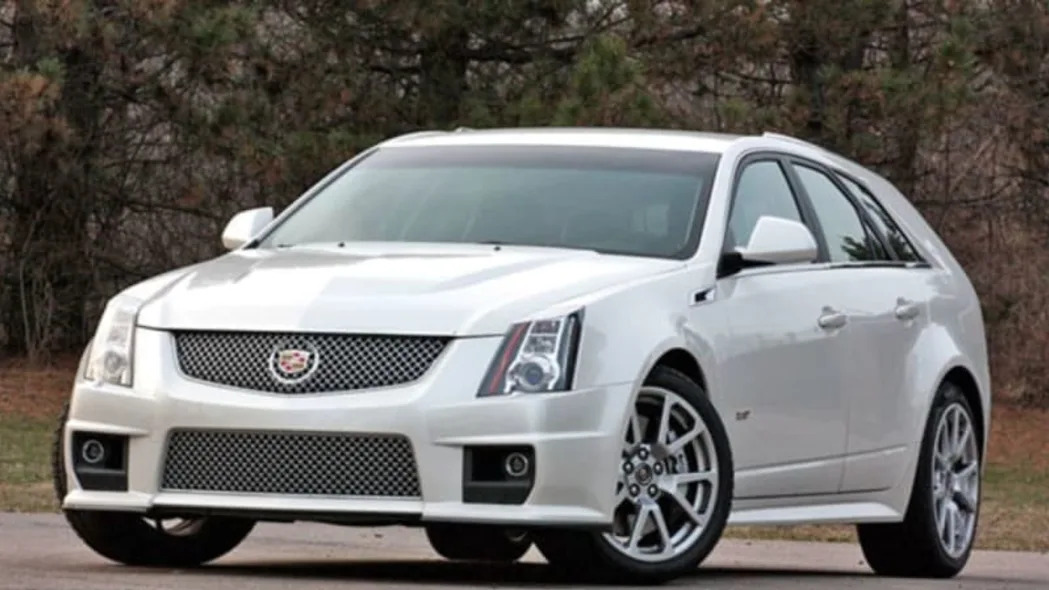
Hurd: Cadillac CTS-V Wagon
Zero chance I'm passing up the opportunity to pick this beast, a Cadillac CTS-V Wagon. This is up there on the list of all-time coolest American cars — even among those who don't own GM performance vehicles. And you folks who need a true family hauler can't even get mad about this choice; it's about as brood-friendly as my picks are going to get. Enjoy it while it lasts.
2000s
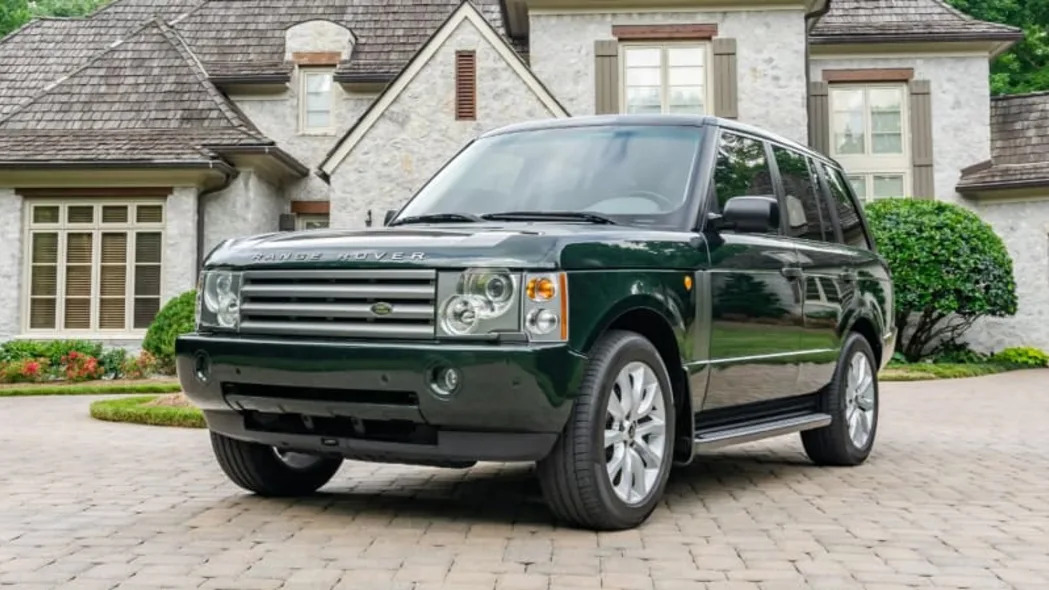
Riswick: Range Rover
Good grief, why am I being so damned practical, here? We never said a word about budget, and yet here I am picking Sienna and Flexes while Byron's rocking a Bentley and CTS-V Wagon. No more! Time to call up what is easily one of the best SUVs of all time, the 2000s-era Range Rover. It is perfection, at least until they needlessly futzed with the styling for the sake of futzing with the styling. No matter. Even then, it was a classic. I drove one once, resplendent in red with the supercharged post-BMW engine, from L.A. to Phoenix and it was divine. I think I'd want one of the earlier versions with the BMW V8, preferably in green.
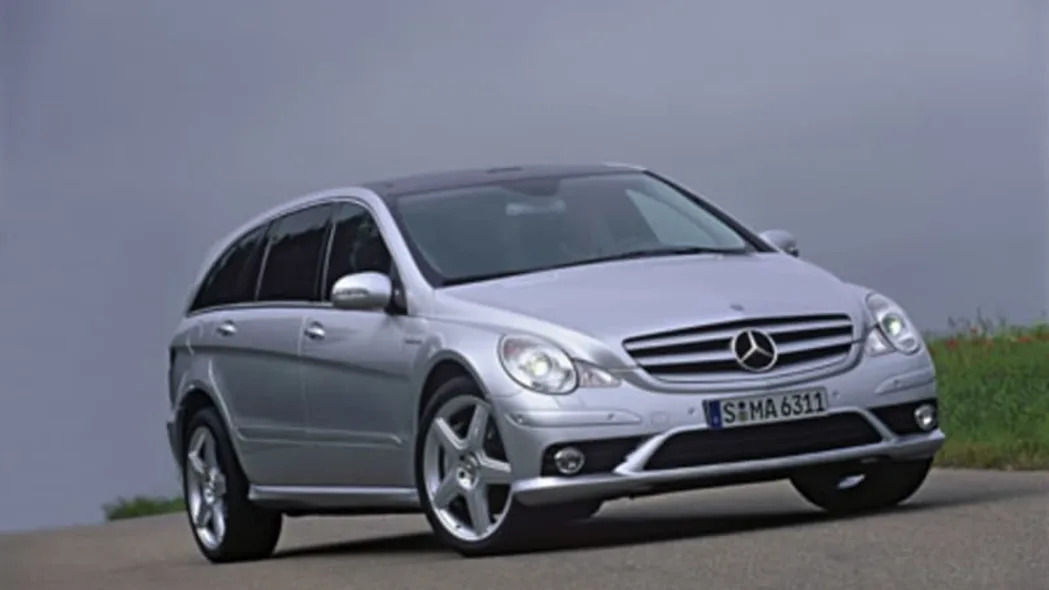
Hurd: Mercedes-Benz R63 AMG
Hey, a Cadillac station wagon is immensely practical. Also, forget that Range Rover; can I have the house?
Anyway, I spent most of the '10s road tripping in Ford Mustangs and Mazdaspeed3s, but in this alternate reality where I'm going over the proverbial river and through the woods, I'm going to try something Riswick might more readily approve of: a minivan. Just a casual Mercedes-Benz R63 AMG. In addition to AMG's 510-horsepower, 6.2-liter V8, it was also available with in-car DVD entertainment, a reverse camera, iPod compatibility, navigation, panoramic sunroof, bi-xenon headlamps, and more. Not bad for nearly 20 years ago.
1990s

Hurd: I'm keeping with my previous theme of practical German transportation. This time, a nice family sedan. Based on the video review I found above, it seems like an excellent candidate for long-distance cruising that is simultaneously capable of some light off-roading in a pinch. And it'll shrug off mild traffic impacts to boot — perfect for the mean streets of the 1990s. Yep, I picked the Audi S8, but specifically this Audi S8:
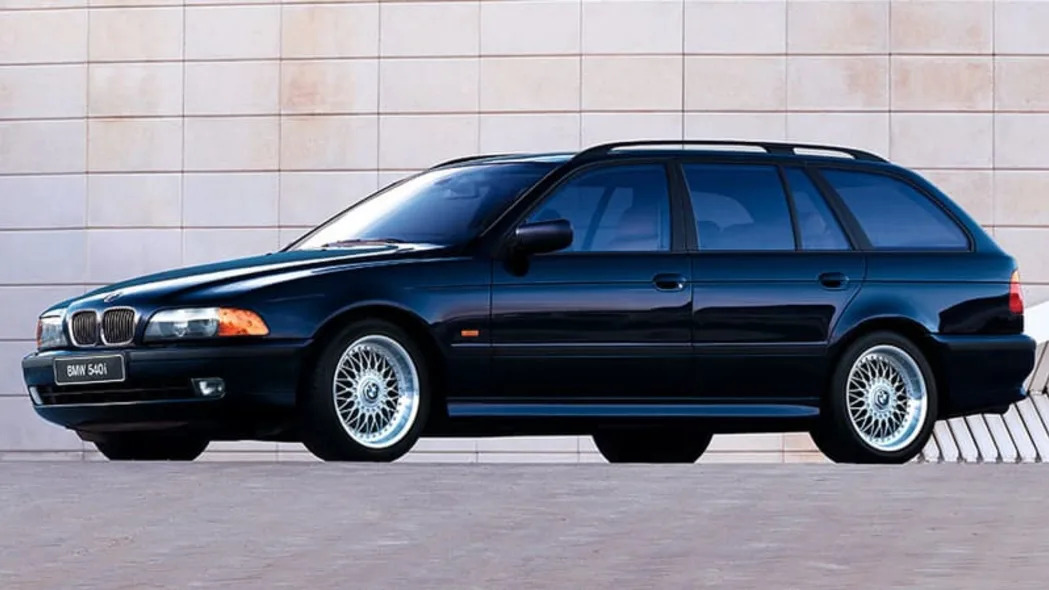
Riswick: OK, so that made me LOL, Byron. As long as you pronounce it "Oddy" and request a nitrous system for reasons. Just don't turn your back on that German guy.
Speaking of German guys, I too am sticking to Deutscheland, and will be returning to an old favorite: an E39 BMW 5 Series. Specifically, a 540i Touring wagon. Because it's basically one of the best cars ever made. I probably could've just used one of these in each of the subsequent decades. Sure, the E39 came out towards the end of the '90s, but it's also the most obvious choice for awesome family transport.
1980s

Hurd: Lincoln Town Car
This one's near and dear to my heart. My grandparents had a mid-80s Lincoln Town Car that was always our default loaner car whenever we visited, holidays or not. I can still recite the keypad code for virtually every combination the car allowed. Unlock the doors? Yep. Open the trunk? You betcha. Oh, and it had a 302 under the hood. It wasn't fast, but it wasn't slow either. Miss that car.

Riswick: Audi 200 Avant Quattro
So I was fully prepared to choose some vast 1980s American wagon, but then I thought about the particulars of my once-annual-journey between Portland and Los Angeles and the fact I almost always ended up in some blizzard around Mt. Shasta and the state border. I don't want to be driving a Country Squire in that. I suppose a Chrysler minivan would be vastly better due to its front-wheel-driveness, but that's just not me. We're going back to Germany, sorry. The Audi 200 Avant Quattro is super '80s, super practical, and per the name, all-wheel drive. Not that I'd need it, but you could even get a third-row seat. A version of this was even driven by Timothy Dalton in "The Living Daylights," so hey, James Bond car!
1970s
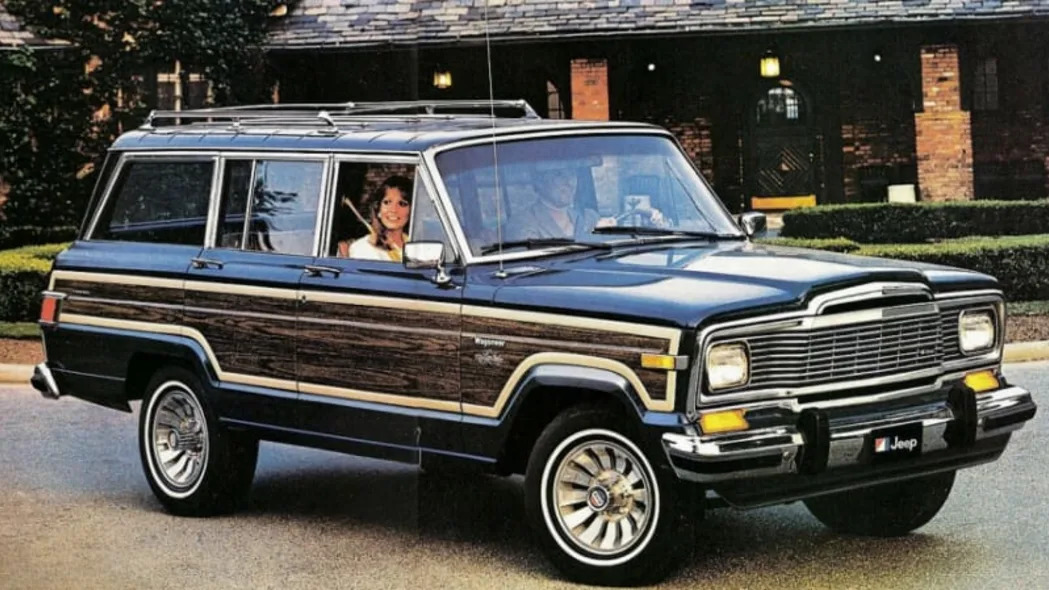
Hurd: Jeep Wagoneer
OK, I'm clearly swinging back toward the practical side of things here, but that's OK. My family has always been into Jeeps, and this is probably the closest I'll come to an opportunity to flex my fetish in a challenge like this one. It's no Wrangler, but the Wagoneer was certainly a family-hauling staple for decades. I'll take mine with wood.

Riswick: Oldsmobile Custom Cruiser
Damn it, definitely wish I hadn't suggested you start going first back in the '90s. Wagoneer would've been perfect. I guess I could go with a Range Rover instead, but I've already picked one. I've also picked too much German stuff. Time to go Land Yacht, bring along some chains and pray for that annual blizzard to not happen. The 1974 Oldsmobile Custom Cruiser seems like an appropriate choice, and as the brochure would attest, if we need to stop along the way and let my son play in a giant hole, it'll be perfect for that.
1960s

Hurd: Ford Bronco
It may seem greedy of me to claim this one, but like the Town Car above, this was actually one of my family's driveway ornaments daily get-around cars for three decades. We no longer have it (a sad story; but it went to a good home) but my grandparents' '67 Bronco was an absolute stud — a Robin's Egg Blue Ranger package automatic with the 302 and air conditioning. And it was a Texas car to boot; zero rust. I would have looked good bringing the turkey home in that thing.
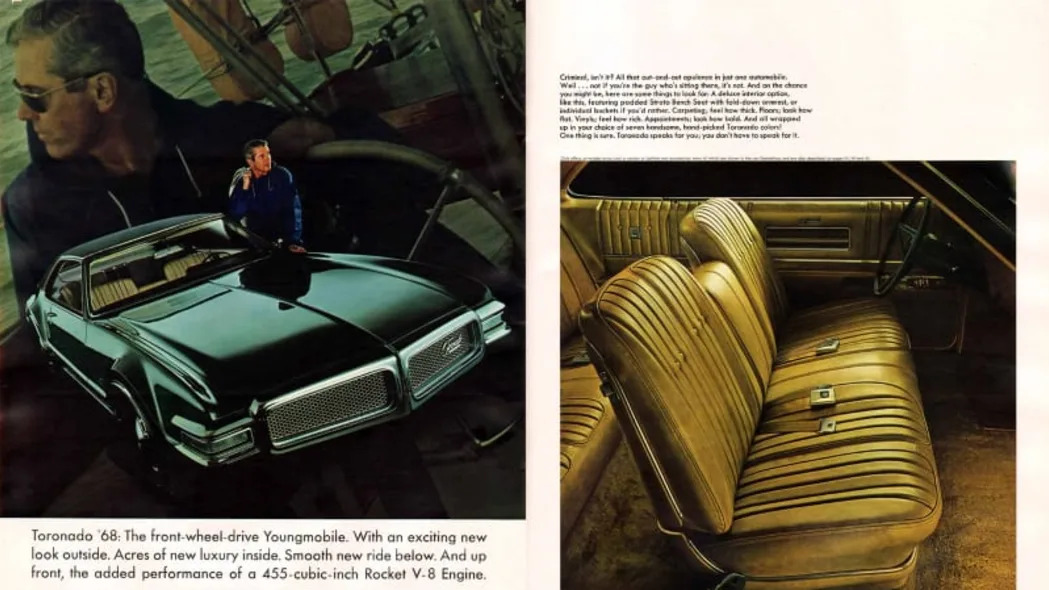
Riswick: Oldsmobile Toronado
Screw it, we're packing light. I want something that's cool and also front-wheel-drive: I want a 1968 Oldsmobile Toronado. Yes, it's another Oldsmobile, but they didn't call this site Oldsmoblog for nothing back in the '80s. Oldsmobile is always the right choice and I love me some original Toronado. And hey, with the front bench seat, it's a six seater, so exactly the same as my Ford Flex up there!
1950s
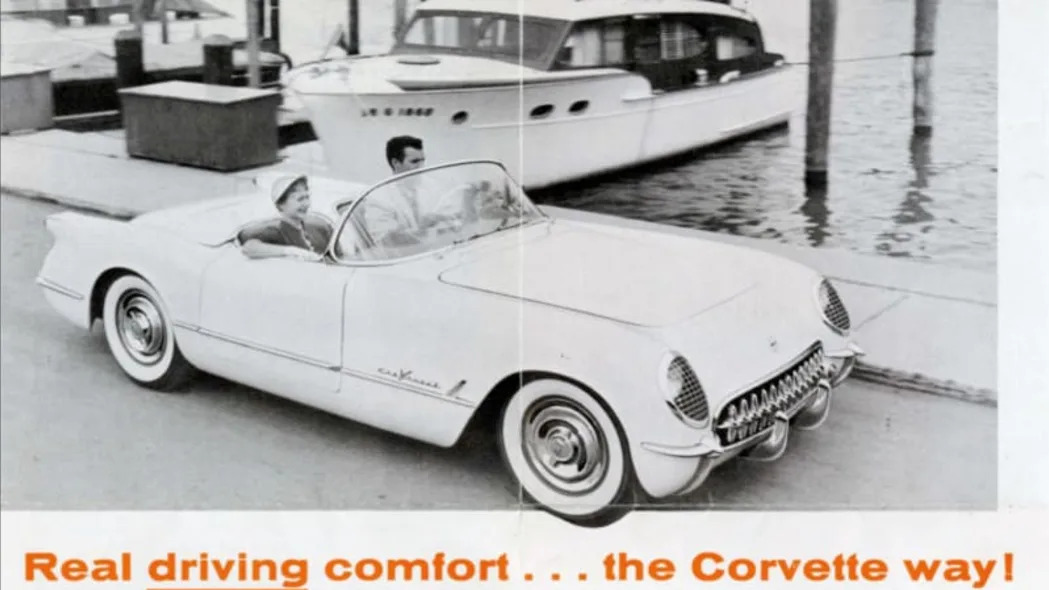
Hurd: Chevrolet Corvette
Swinging back toward practicality for a bit. After all, what other domestic car had lightweight, fuel-efficient fiberglass panels worth showing off to your friends and family in the 1950s? This hypermiling hero would be right at home next to today's frugal performance hopefuls. Now I just need help pronouncing it. It's cor-veetee, right? Sounds Italian.

Riswick: Edsel Villager
Uh oh, we've departed my knowledge base, so I really have no clue what I'm talking about. I mean, I've picked an Edsel, for Ford's sake. Nevertheless, a 1958 Edsel Villager painted teal seems like the sort of contrarian, outside-the-box family vehicle choice I could get behind.
1940s

Hurd:Jeep J-0110
It's a Jeep thing; you wouldn't understand. Except in this case, I think you would. This "All-Steel" Jeep Station Wagon (official designation J-0110) looks like an absolute treat. The hardtop will keep all my gear dry and since it's a Jeep, I know it can be counted on should I wander off America's more-established roads and onto the rutted byways that made up most of the nation's prewar infrastructure. There's a reason cars looked like this back in the day; roads weren't really roads yet. (Image credit: Jeep)
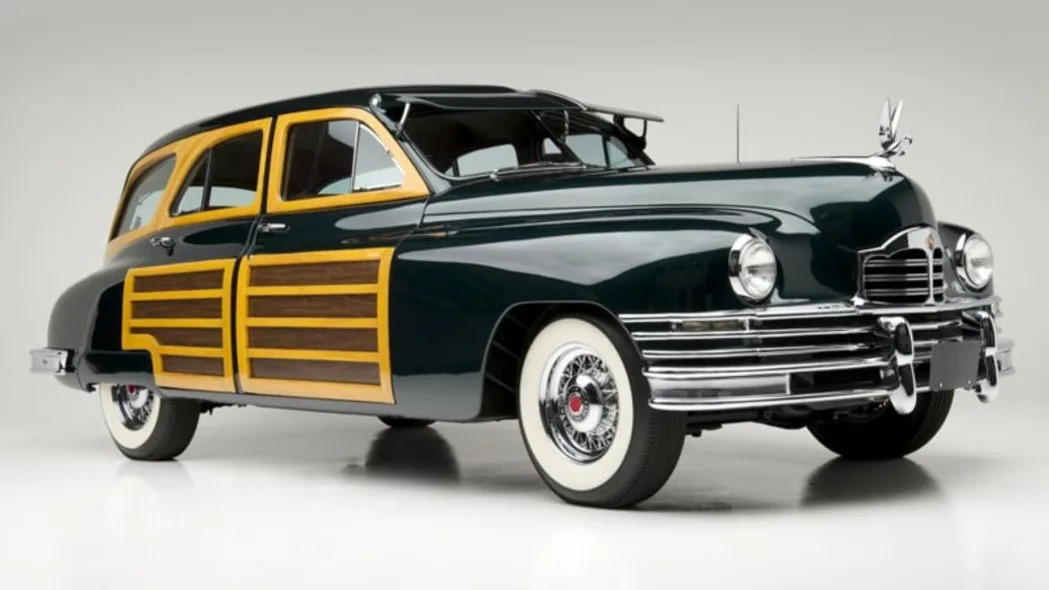
Riswick: Packard Station Sedan
I really like the sound of "Hey honey, let's take the Packard!" so I'm going with that. Despite the name, the Packard Station Sedan was actually a "pseudo luxury station wagon" as described by Wikipedia. That sounds right up my alley. More from Wikipedia, it "used a combination of steel framing and body parts along with structural wood panels made from northern birch to crate a 'woody' station wagon-like car due to the growing popularity of them after World War II." Basically, it was like all those revival woodies in the '70s and '80s, but with real wood appliques instead of vinyl. Wacky! I love it.
1930s
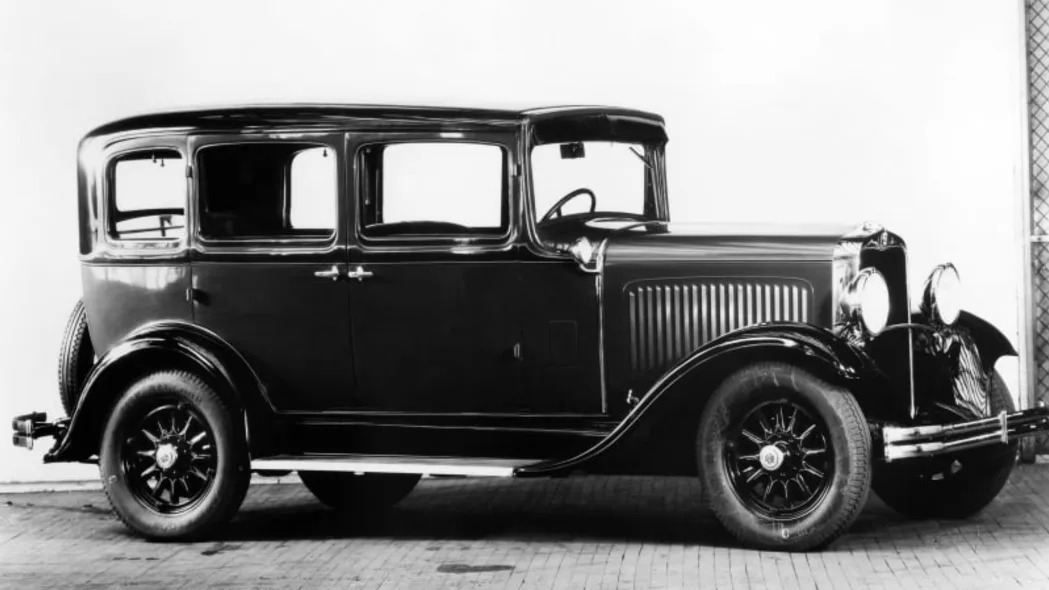
Hurd: Dodge Eight
I've owned one 8-cylinder Dodge, but it was a 2013 Challenger with a six-speed manual and a 6.4-liter Hemi. This is an entirely different animal, but like the Jeep I picked for the 1940s, it's a hard top with real cargo space — things that mattered back when mud was still an obstacle the average driver needed to worry about on a daily basis. Torque digs you out! After it gets you stuck, at least. Perfect for going over rivers that don't have bridges yet. (Image credit: Dodge)

Riswick: Citroen Traction Avant
Oh right, I really have to remember that I'm driving from Portland to Los Angeles in the time period in question. That's getting a lot harder to do. While Interstate 5 was preceded by US 99, I have to imagine it wasn't the best-kept road, especially in the Cascades. As such, I'm going back to front-wheel-drive, and specifically the world's first front-wheel-drive mass-produced car, the Citroen Traction Avant. I'm honestly not sure if they sold these in the United States, but we're in the Depression, I'm sure I could pay someone enough to get it into the country.
1920s
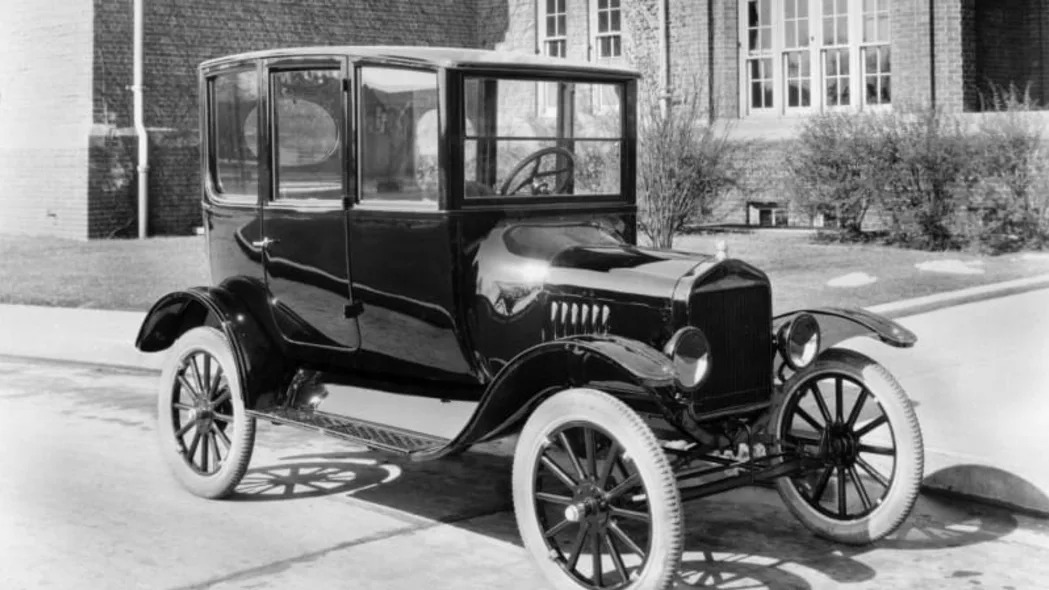
Hurd: Ford Model T
This one tickles my personal fancy. I'm a big fan of midwest architecture, and nothing symbolized the early days of motoring wealth like an overwrought Tudor Revival mansion. This Model T "Tudor" hits both my architectural and automotive history fetishes. More to the point, it's exactly the sort of car that would have been in the garage of my 1928 Tudor Revival home, which was built by a man who moved here in 1911 to work for Ford Motor Company. (Image credit: Ford)
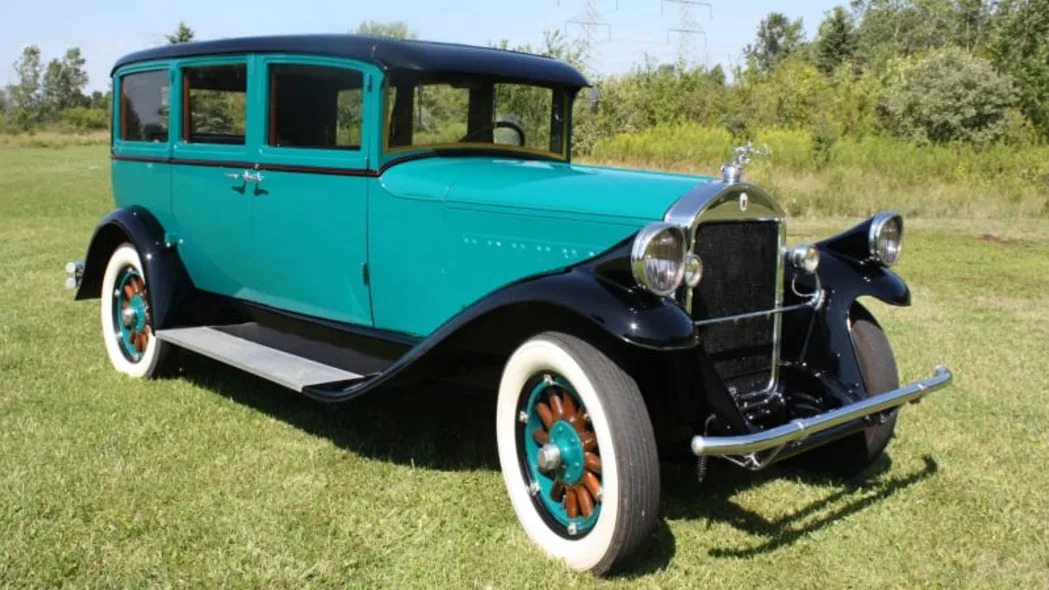
Riswick: Pierce-Arrow Model 81 7-Passenger Sedan
While Mr. Bentley up there suddenly gets frugal to match his house, I'm gettin' all Gatsby. Purely on the strength of having the greatest hood ornament ever, I'm going with a 1928 Pierce-Arrow Model 81 7-Passenger Sedan. Clearly the definition of "sedan" used to be different judging by this and my Packard. Again, this sucker is teal. It also has a manual transmission, so right up my alley. Will me and my family almost certainly plummet to our deaths after sliding off the road somewhere north of Yreka? Probably! But we'll do so in style.
1910s
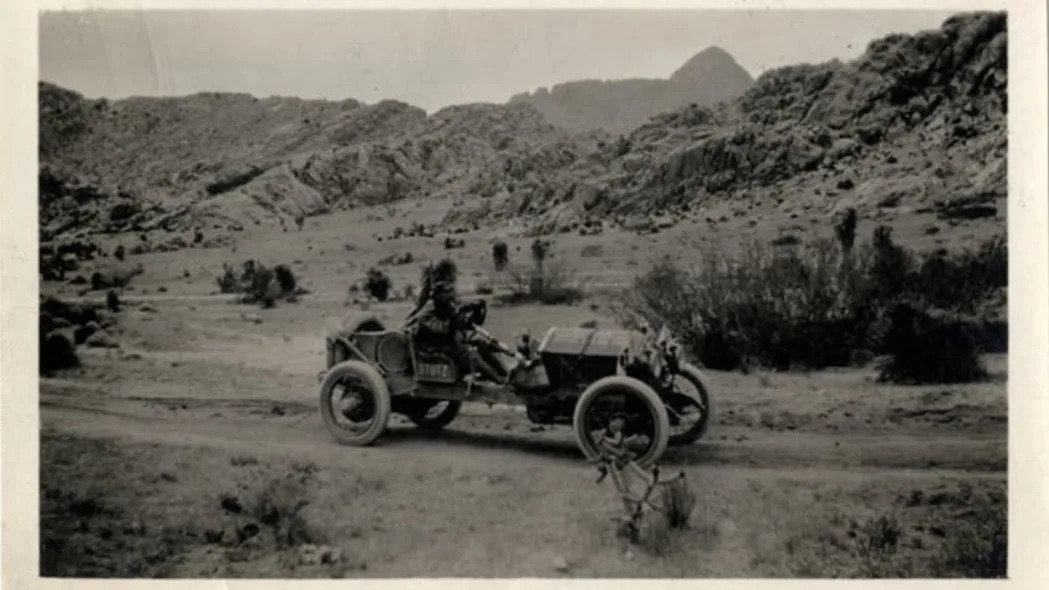
Hurd: Stutz Bearcat
With family in the Southwest, where there was virtually no road infrastructure back in the 'teens, I want something that I know will get me there. Take this Stutz Bearcat, for instance. It's more robust than a horse, which was really the most important aspect of any car bought before Ford made the automobile affordable for most Americans. This one is being driven between Texas and Arizona. (Image credit: Detroit Public Library)
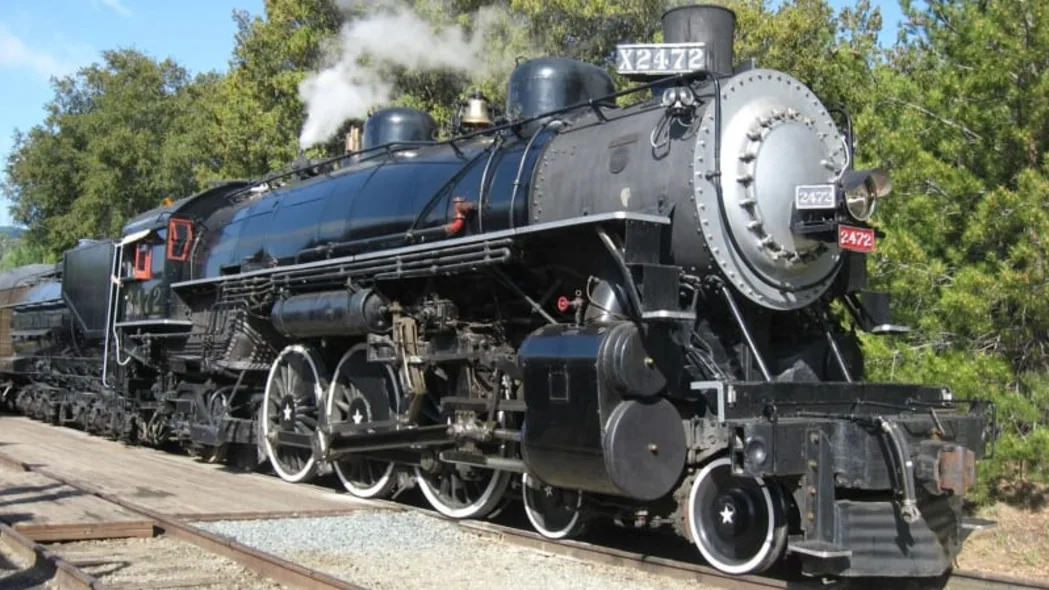
Riswick: Southern Pacific 2472
My destination in California, Simi Valley, wasn't really a town in the 19-teens, so I'm not even sure why I'm driving there anymore. Land holdings? Am I farm baron? There was a train depot, though, so I guess it's time to abandon the automobile ... well crap, I've just discovered that the Southern Pacific Railroad didn't start running from Portland to Los Angeles until 1924. Maybe that would've been a better idea than the Pierce-Arrow. Too late! Judging by an antique map I found, we could take a train, but we'd have to change trains. And the locomotive pulling it would look like that up there. What kind of locomotive is it? How the hell should I know? I'm an editor at AUTOblog. Googling "Southern Pacific locomotive 1920s" is the best I can do.
1900s

Hurd: Electric Streetcar
In the Year of Our Ford, 1901, most of us were still getting around by means other than the automobile. Streetcars were hopping on the electrification bandwagon, which made them far easier and more flexible to operate. Developers ran them from their subdivisions to work sites and, eventually, to fanciful attractions built to keep ridership high once everybody had populated their neighborhoods. We owe the 20th century notion of the amusement park to the proliferation of street-running electric railroads, but they could get us to grandma's just fine too. (Image credit: Detroit Public Library)

Riswick: Whatever the hell that is up there
At least I'm not the only one who's had to switch to rails.
Googles "Southern Pacific locomotive 1902"
1890s
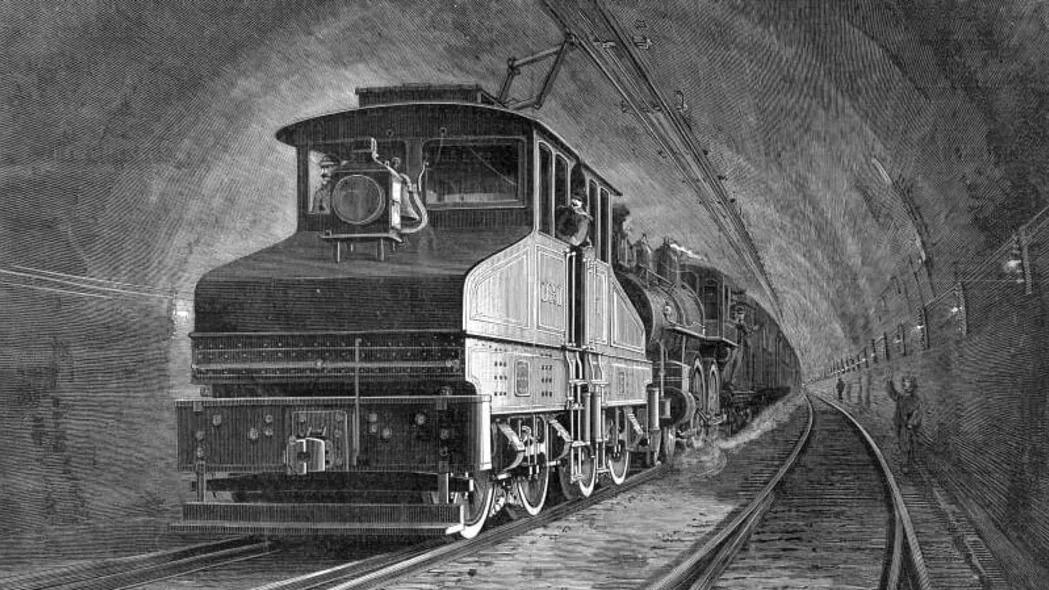
Hurd: General Electric Class LE-1
Electrification was a thing in the 1890s too, as it turns out, but the things being electrified tended to have more than four wheels. Allow me to introduce you to the General Electric class LE-1, With tunneling becoming a critical infrastructure move for railroads in the late 19th century, dealing with air quality issues became priority #1 for passenger rail travel. Enter the electric railroad, which helpfully kept its particulate emissions far away from the location where the power was being used — a strategy we still employ to great effect all over the world today. The Baltimore & Ohio Railway claimed the title of first electric rail line in the USA when it opened in 1895. (Image credit: Wikipedia)
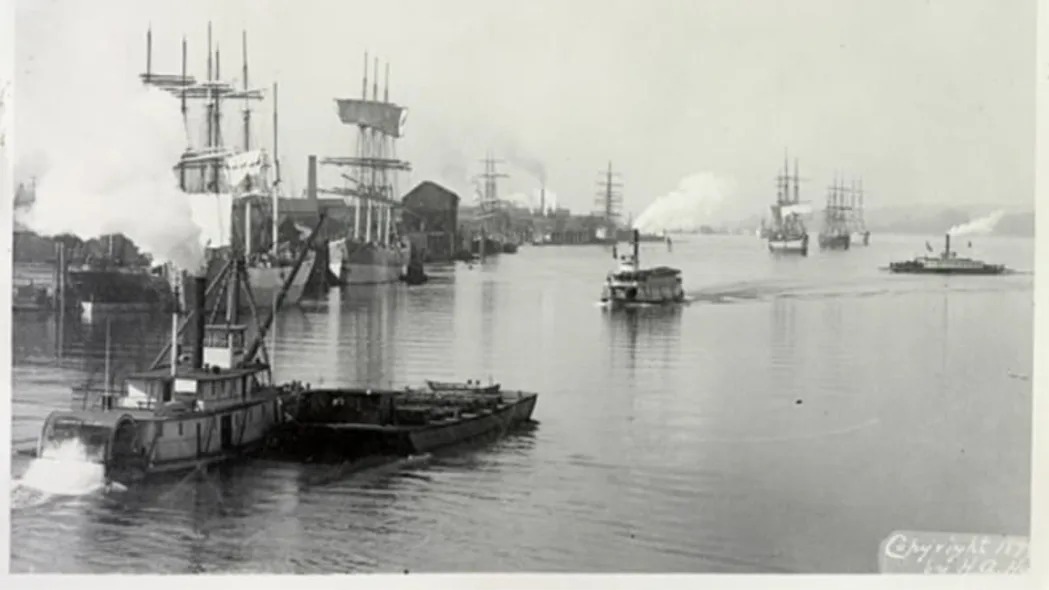
Riswick: One of those ships up there. The second one, sure
Those rail journeys sucked, let's give Option B a whirl. I'm sure we'll need to stop in San Francisco and who knows where else. And I'm sure sea conditions are just peachy along the Oregon Coast in November. What's the worst that could happen?
1880s
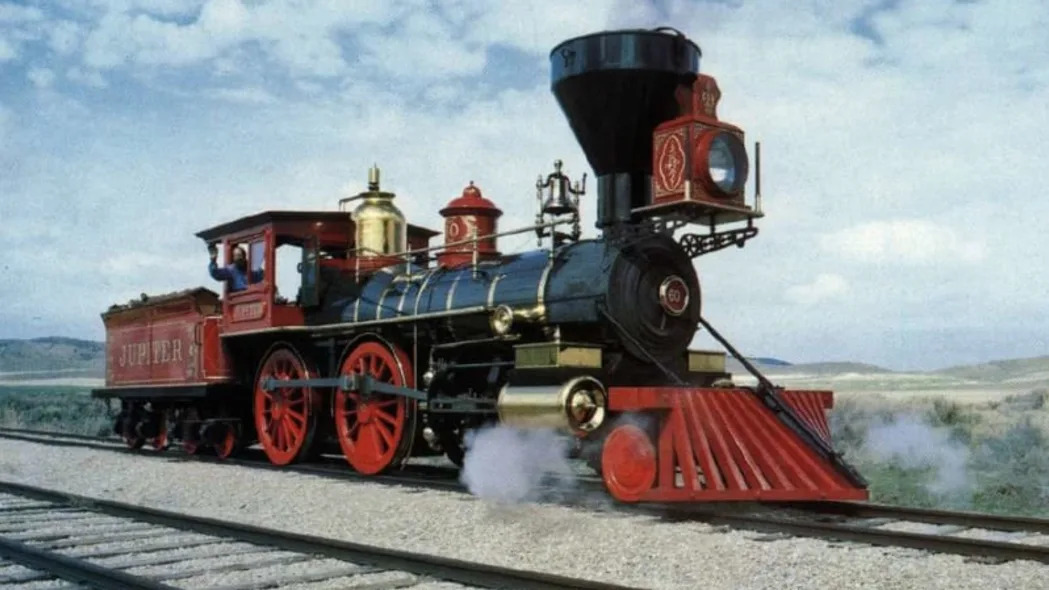
Hurd: 4-4-0 American
Nominally, cars existed in the 1880s, but unless you were the 19th century equivalent of Doc Brown (or retracing his steps in "Back to the Future Part III"), you didn't have one in your carriage house. In fact, most people didn't even have carriage houses, even if they were fortunate enough to own carriages. If you needed to travel long distances to grandma's house, you were going by horse or train. The 4-4-0 American was the locomotive of the 1800s; in fact, the one pictured above was one of the two present when the transcontinental railroad was completed in 1869. Over the continental divide and through the woods — that's how that song goes, right? (Image credit: Union Pacific)

Riswick: Chinese Junk bound for Shanghai
Sadly, as this is 1885, the Portland riverfront is an atrocious place to be and while awaiting our 1880s passenger ship to San Francisco, I was shanghaied, forced into becoming a sailor and died of scurvy. My wife, son and dogs made the journey alone.
So yeah, cars and roads are a good thing. Happy Thanksgiving.


Sign in to post
Please sign in to leave a comment.
Continue